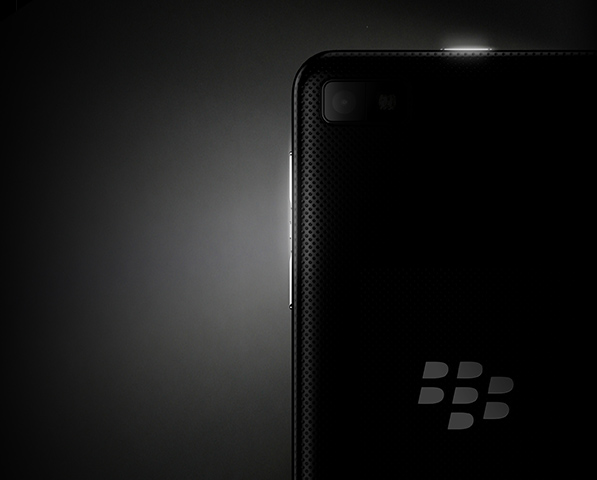Research In Motion (RIMM) has a steep hill to climb as it prepares to unveil its next-generation BlackBerry 10 operating system later this month. Launching sleek new BlackBerry 10 handsets that prompt a healthy portion of its current user base to upgrade is of the utmost importance, of course. Just as important, however, is creating a user experience that showcases compelling differentiation and might draw users away from leading smartphone platforms.
Early glimpses at BlackBerry 10 revealed software that attempts to take a fresh look at the smartphone experience in some ways, but after our first look, we wondered if RIM was going far enough with its new OS. Now that we’re just weeks away from the BlackBerry 10 launch event, RIM appears to have started slowly showing users that BlackBerry 10 will, in fact, provide a unique user experience.
To highlight one example, RIM’s Donny Halliwell recently took to the company’s BlackBerry blog to discuss BlackBerry 10’s take on smartphone navigation. Unlike iOS and Android, RIM’s new platform does not support a home button, which on other platforms would bring the user back to the home screen from anywhere in the OS.
Why exclude the home button? Halliwell says that BlackBerry 10 is all about “moving forward,” not backward.
“In much the same way you multitask with frames on your BlackBerry PlayBook tablet – keeping one frame in front of you while other frames are minimized – you can keep your most-used apps readily available,” Halliwel wrote while explaining RIM’s new “Flow” interface. He says that like all BlackBerry device owners, he was a “long-time user of the U-turn arrow” and upon first picking up a BlackBerry 10 developer device, he had concerns about navigating the device with no home button.
The Flow interface negates the need for a home button in many respects. Like webOS did before it, Flow presents users with a series of minimized windows representing each open application. The result is a UI that lets users easily jump between apps without the need to return to a home screen between steps. Combined with gesture support, RIM may have indeed simplified the smartphone user experience in several key ways.
“If you think about it, the real world pretty much works the same way,” Halliwell wrote. “Picture yourself preparing to take a walk: You put on your shoes and coat, grab your keys, and go out the door. The point is that you’re always moving forward in a general ritualistic ‘flow’ toward the goal of taking a walk. You don’t put on your shoes then take them off to put your socks on.”
RIM’s first two next-generation smartphones, the BlackBerry Z10 and BlackBerry X10, are expected to be unveiled alongside the BlackBerry 10 OS on January 30th.[bgr-post-bug]




